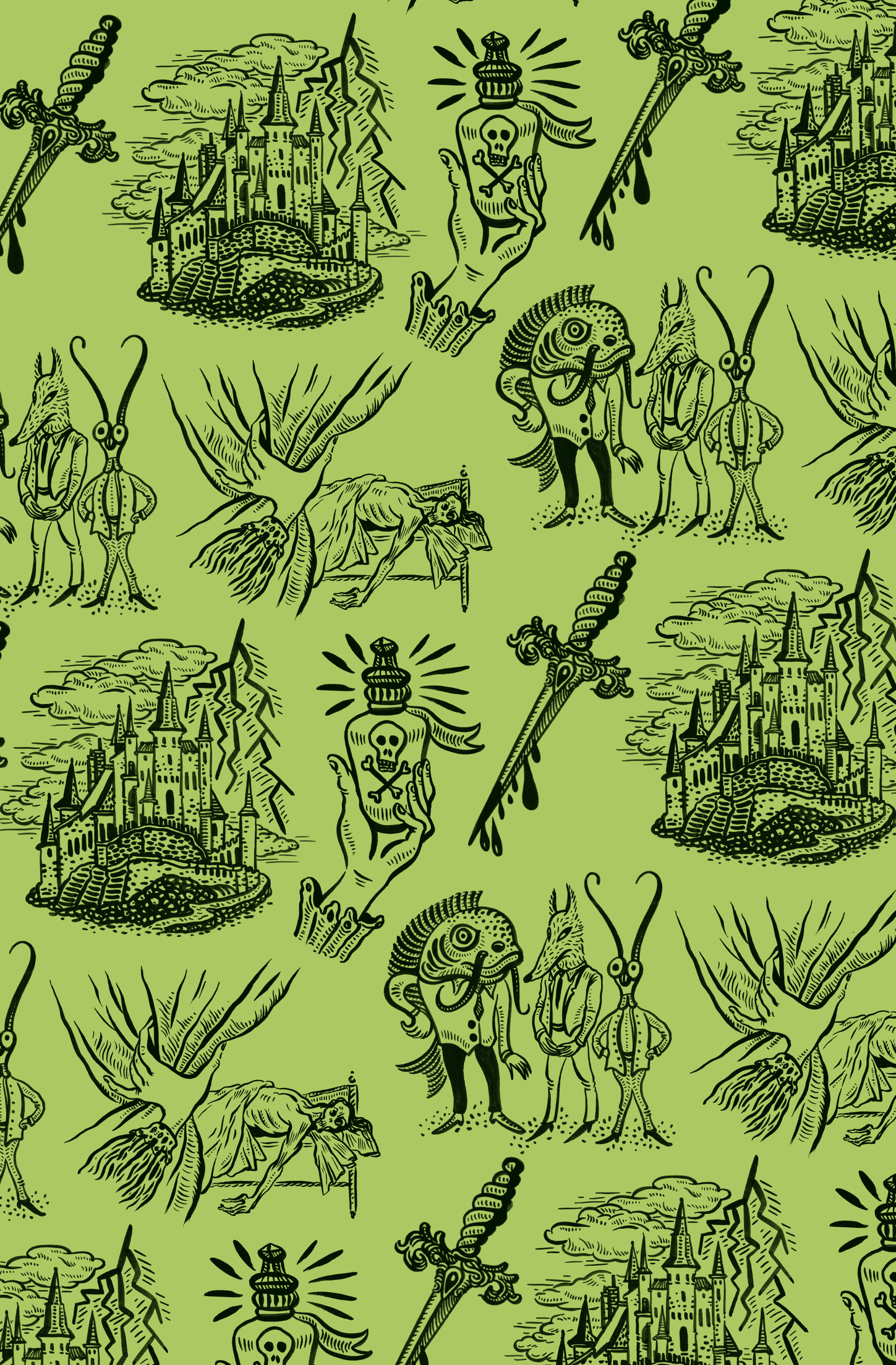Contents
Landmarks
Print Page List
Copyright 2019 by Lisa Krger and Melanie R. Anderson
All rights reserved. Except as authorized under U.S. copyright law, no part of this book may be reproduced in any form without written permission from the publisher.
Library of Congress Cataloging in Publication Number: 2019930321
ISBN9781683691389
Ebook ISBN9781683691389
Ebook design adapted from printed book design by Andie Reid
Illustrations by Natalya Balnova
Production management by John J. McGurk
Quirk Books
215 Church Street
Philadelphia, PA 19106
quirkbooks.com
v5.4
a
To all the girls who still sleep with the lights on, but read the scary stories anyway
Contents
 Introduction
Introduction 
Why are women great at writing horror fiction? Maybe because horror is a transgressive genre. It pushes readers to uncomfortable places, where we arent used to treading, and it forces us to confront what we naturally want to avoid.
And women are accused of being transgressive all the timeor, at the very least, they are used to stepping outside of the carefully drawn boundaries that society has set for them. Women are told what to do and who to be. Women are taught to be sweet, to raise children, to stay in their place. Women are pushed to the edges of society, where they are expected to keep their mouths shut and their heads down. The marginalization of women may have been more overt in the past, at times when women couldnt vote or own property or work outside the home, but it still happens today. Women are still instructed to be good girls.
In any era, women become accustomed to entering unfamiliar spaces, including territory that theyve been told not to enter. When writing is an off-limits act, writing ones story becomes a form of rebellion and taking back power. Consider, for example, Margaret Cavendish, who in the 1600s brazenly wrote about science and philosophy, two subjects then considered the purview of only male minds. More recently, Jewelle Gomez brought an African American and lesbian perspective to the vampire tale, which had long been the province of European male protagonists. Today, writers like Carmen Maria Machado and Helen Oyeyemi subvert the so-called safe storytelling formats of the fairy tale and the supernatural yarn, adding womens voices to these traditional narrative forms.
For women especially, writing is often a kind of noncompliance, which calls to mind the prisoners in the comic book series Bitch Planet by writer Kelly Sue DeConnick and artist Valentine De Landro (Image Comics, 201417). The comic is brilliantit tells a female-driven dystopian story about women sent to a prison planet as punishment for being noncompliant. What a great word to describe the women in this book.
The writers youll meet in Monster, She Wrote are all rule breakers. And heres the funny thing: society doesnt always pay attention to whats happening over there on the edges. So while society was ignoring them, they were taking up their pens. While everyone else has been doing their own thing, women have been doing theirs, crafting tales about scientifically reanimated corpses, ghosts of aborted children, postapocalyptic underground cities.
Horror has been penned by men and women alike, but its important to acknowledge that women have been contributing to the genre since its inception. As youll discover in the following pages, the horror genre that readers love today would likely be unrecognizable without the contributions of these women.
These misbehaving women who write horror in all its nasty forms.


Horror, strangeness, and fear have always been part of literature. Humans love their monsters; for evidence, look back, oh, four thousand years, give or take, to The Epic of Gilgamesh. Or consider that the Inferno section of Dantes Divine Comedy is by far the most popular among readers, thanks to the descent into Hell. Shakespeare wrote about ghosts and witches, and his Titus Andronicus (first performed in 1594) is one of the bloodiest and most violent plays of his career (maybe even the bloodiest play in European historyuntil the Grand Guignol, that is).
Clearly, audiences have always craved horror. But like all fiction, horror and other types of so-called weird fiction have ebbed and flowed in popularity, as well as changed forms, throughout history. So where did it all begin? Theres a strong argument that horror as it exists in the twenty-first century evolved from the Gothic novel, a literary style fashionable in England in the late eighteenth and early nineteenth centuries.
Gothic fiction started with Horace Walpoles The Castle of Otranto, published in 1765. The novel tells of a royal wedding that goes very, very wrong. Manfred, owner of the titular castle, is obsessed with marrying his son to a beautiful princess, Isabella, in order to continue his family line and secure wealth. The only problem? His son, Conrad, is rather sickly, and not a great prince at all. Before Conrad can marry Isabella, he is crushed to deathby a giant helmet.
The castle, you see, is cursed by a statue of a knight that has come to life and is causing general chaos. Manfred is so fixated on perpetuating his family name that he decides to marry Isabella himself (not even his pesky wife can get in the way of his plans). But he thinks Isabella is in love with the mysterious Theodorewho actually loves Manfreds daughter, Matilda. Confused? So is Manfred, and he kills his own daughter thinking that she is Isabella. Things go downhill from there, with plenty of mistaken identities and lots of knives that are meant for one person but end up in someone elses heart. As nuptial celebrations go, the book makes the Red Wedding in Game of Thrones seem not so bad.
Walpoles novel became so popular that it created a genre called the Gothic, named for the architecture found in so many of these books. And in the following decades, the new genres popularity would shoot through the roof, primarily due to the work of women writers.
Gothic fiction might never have taken off without Ann Radcliffe, the English author who published The Romance of the Forest (T. Hookham & Carpenter, 1791), The Mysteries of Udolpho (G. G. and J. Robinson, 1794), The Italian (Cadell and Davies, 1797), and other novels. Radcliffes writing popularized the genre, but truth be told, her books seem tame compared to works that came after; theyre more like cozy mysteries than eerie horror stories. Her spooky and dark castles played on the imagination without delivering actual ghosts.

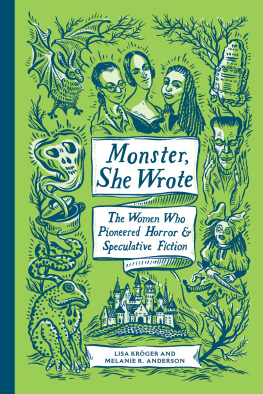
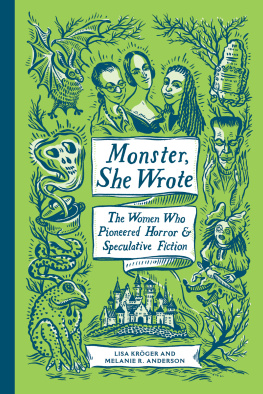
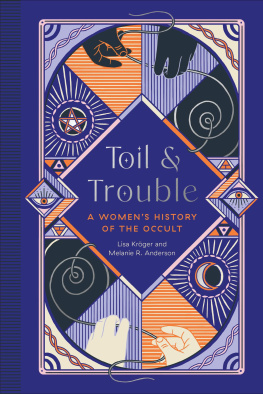
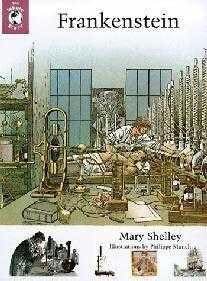

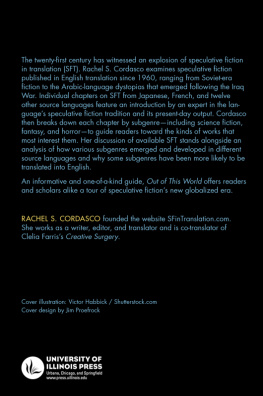


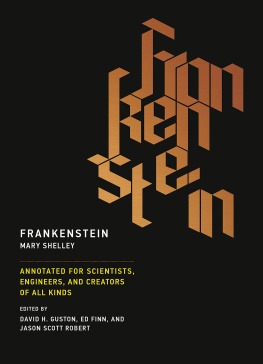
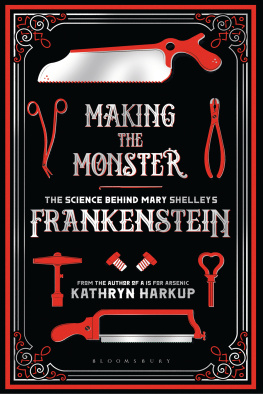
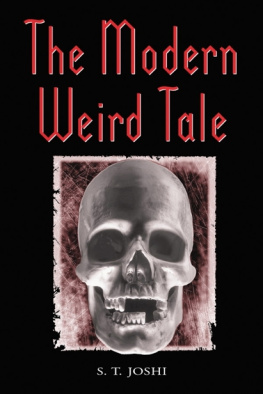

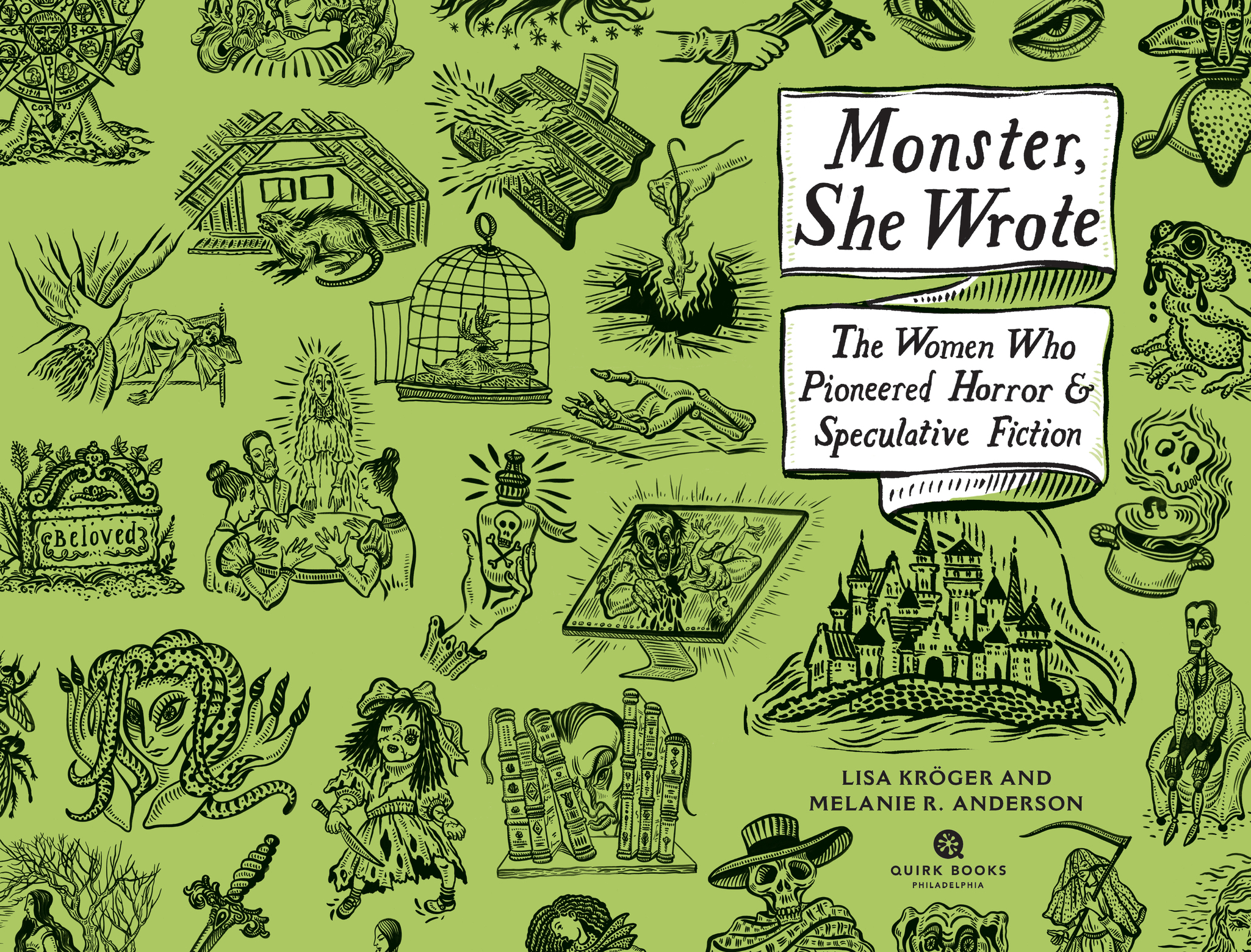
 Introduction
Introduction 

